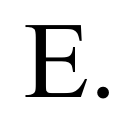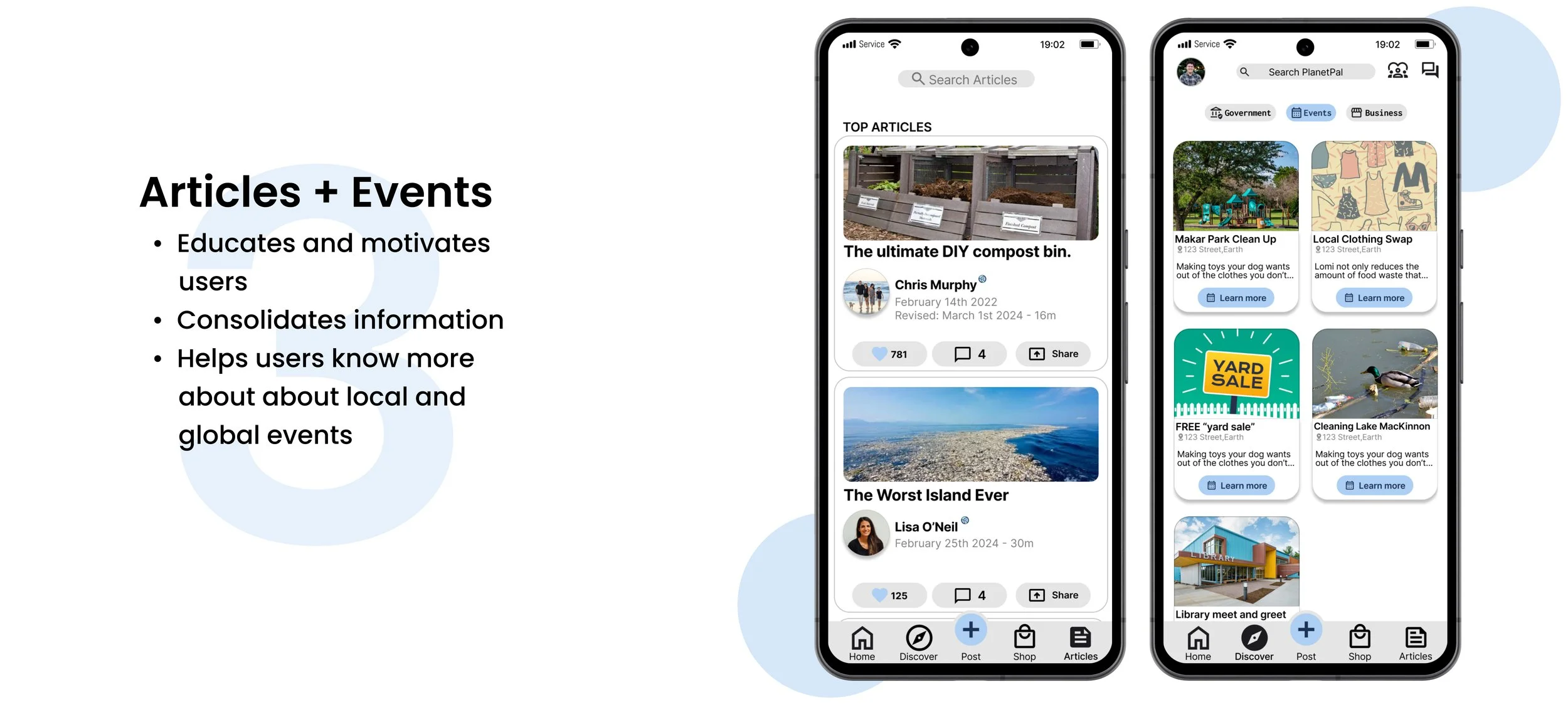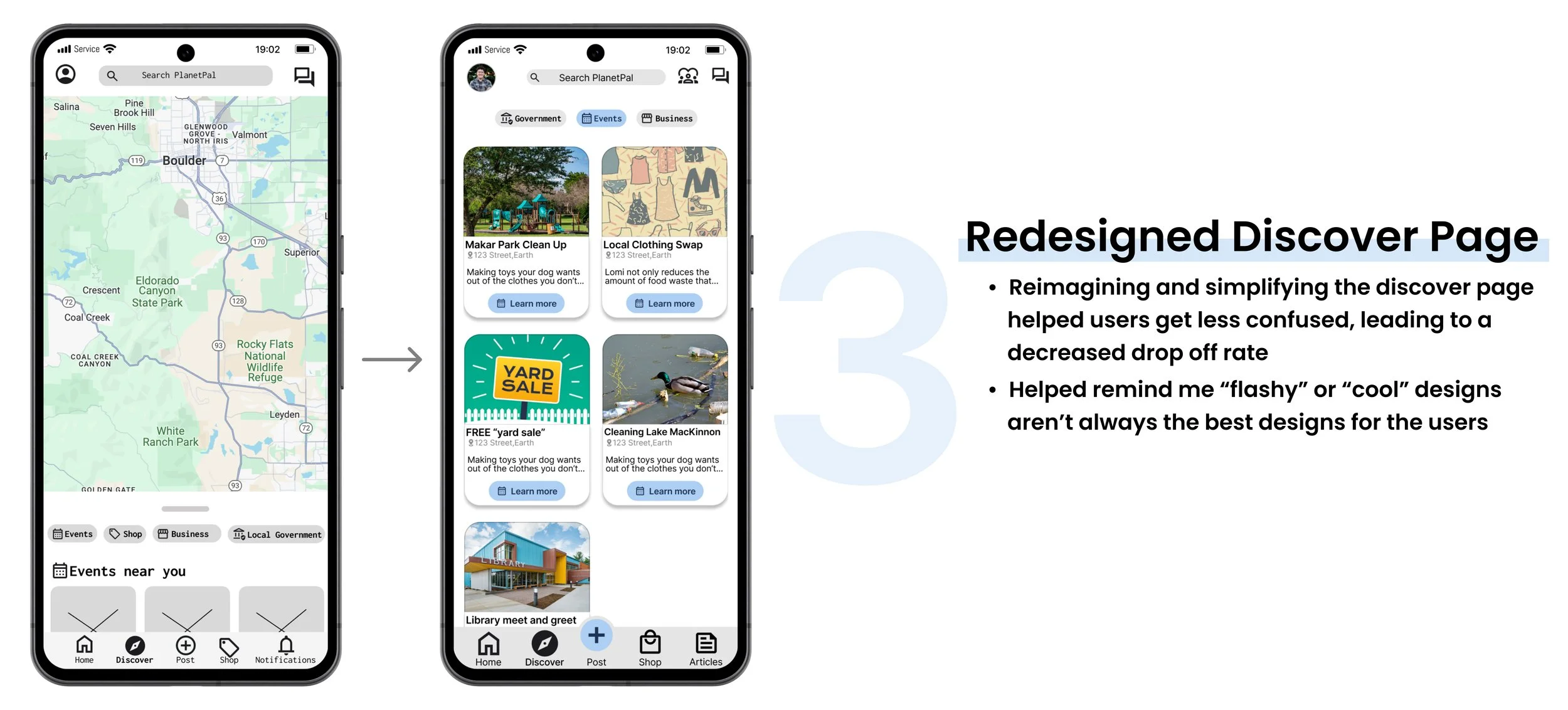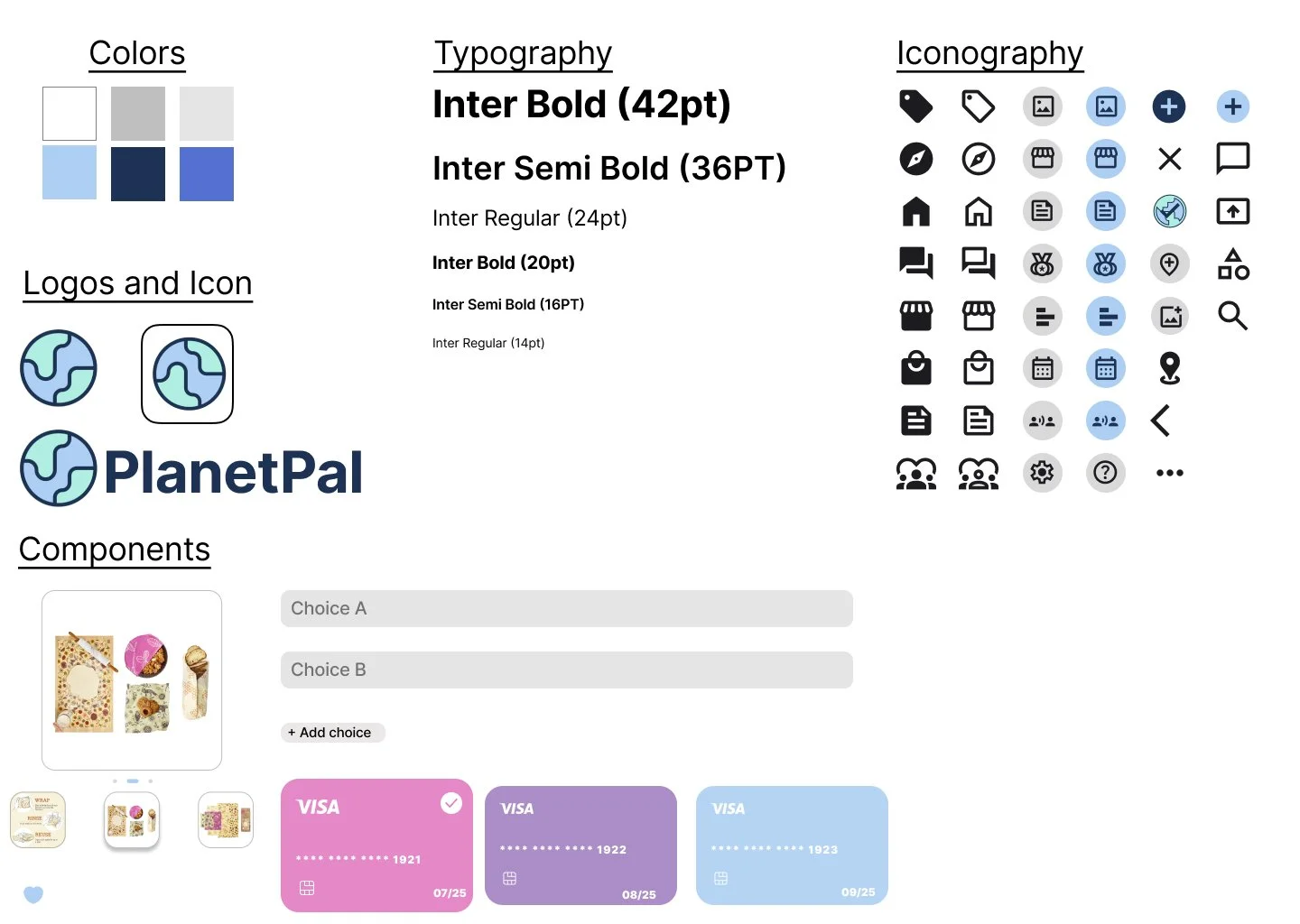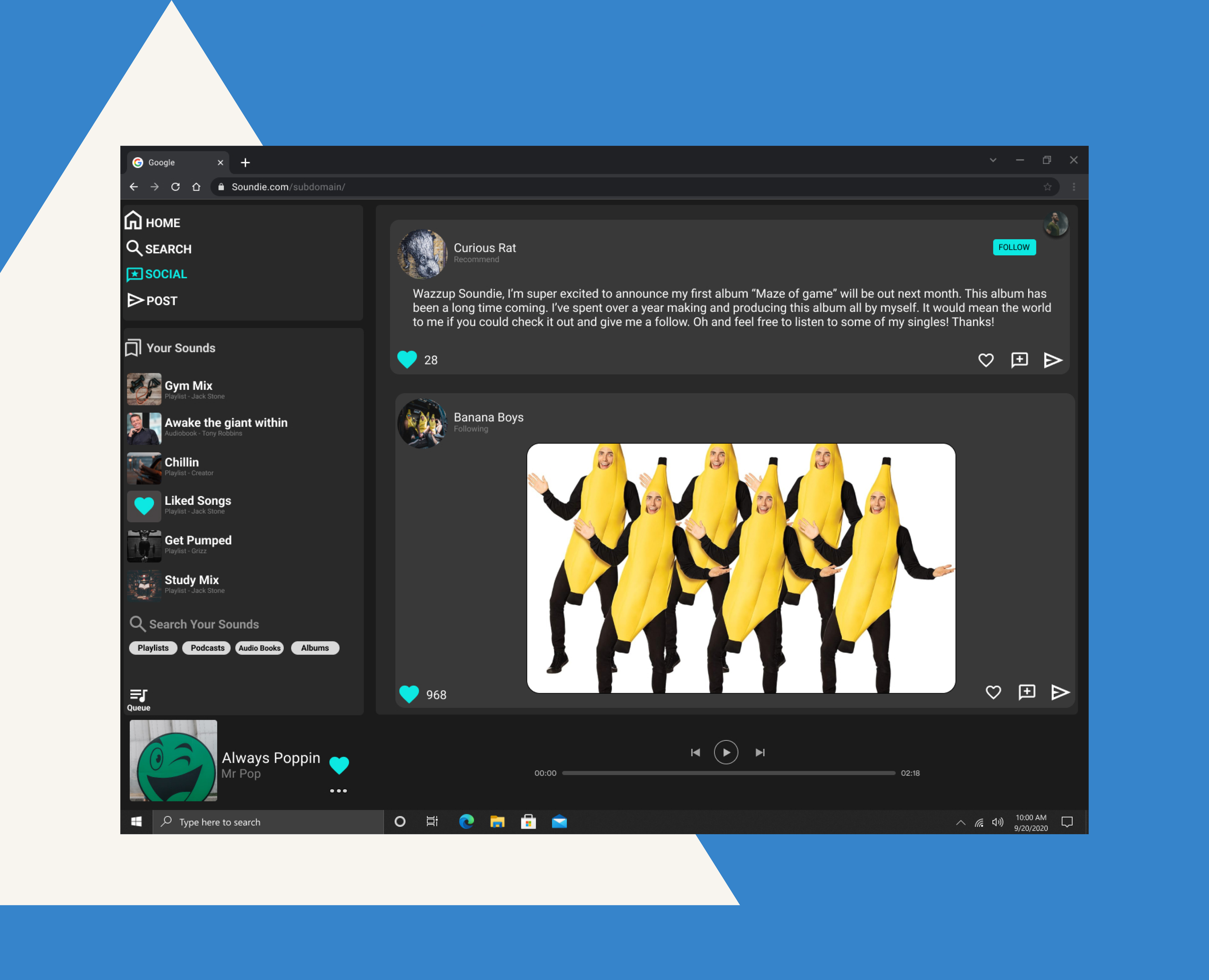Timeline
December 2023 - March 2024 (14 Weeks)
My Role
I developed PlanetPal as a student project for Google’s UI/UX Certificate
While going through clothes to donate, I noticed that quite a few items had minor stains or tears, making them unfit for donation. This led me to look into clothes recycling, which then led me down the rabbit hole of information on sustainable living. After quite a lot of browsing, I found a local business that takes old clothes and makes dog toys out of them. This sparked the question: Why is it so hard to find information on local sustainability initiatives, and how can this information be made more accessible to others?
It takes a lot of time and effort to find information on sustainability
The Problem
Create a gathering place that gives individuals the ability to live sustainably
The Solution
The competition had no holistic approach
Competitive Analysis + The Gap
While completing the competitive analysis, I noticed that they all had ways of supporting sustainability but none of them created a space focused on all areas of a sustainable lifestyle.
My interviewees are more likely to live sustainably if it was made “easier”
User Interviews
Research Questions:
How do you define sustainability, and why is it important in today’s world?
Do you think about sustainability while shopping?
How do you envision the future of sustainable living, and what steps do you think are necessary to achieve that vision?
In what ways do you wish to improve sustainable living?
Have you found it easy to build/join a community of like-minded individuals?
Although my research indicated that having a holistic approach to a sustainability app was important, I interviewed five users who want to live more sustainably to confirm this insight. I asked the questions below to find trends on why they want to live sustainably and what would make it more obtainable then organized it with affinity mapping.
None of the other apps my interviewees used worked because they didn’t check all the boxes
The Main Insight
Based on the results from my affinity mapping, I noticed that each interviewee had a different idea of what it means for them to live sustainably. Each user had varying needs and wants, yet they all felt like the other sustainability apps they used didn’t deliver the functionalities they desired.
User Persona
Setbacks + a new direction for sustainability
Design
I spent a week trying to figure out the different possibilities for PlanetPal: would it be a news site, marketplace, or community forum? After much thinking and research, I realized it should have aspects of all three. No more jumping from website to website; I was going to make PlanetPal a one-stop shop. This decision, however, opened up a lot of challenges in making PlanetPal cohesive and easy to navigate. This led to many rounds of testing and a lot of user-recommended changes.
3 major improvements in my design
Testing + Improvements
Based on feedback gained from two rounds of usability testing and user interviews, I continuously iterated my design, making improvements both large and small. Despite making multiple changes, three stood out to me:
The Final Screens
The Final Product
Created with Figma
The Style Guide
Link to the full Figma work here.
This was my third and final UX project for the Google UI/UX Career Certificate (let’s go!). This was my first time working on a website and mobile app for the same project, which was exciting. I have come a long way since my first time opening Figma to start my UX journey, but with that being said, there are still some areas I need to improve on:
Be insight, not process, driven. During the process, I noticed that I was more fixated on the visuals I was creating as a designer rather than what kind of outcome I was creating for the user. I had to refocus myself during the process to prioritize the user feedback, which led me to completely rework my case study. Going forward, keeping user insights at the center of my process will help improve my storytelling and create more effective designs.
Create an identity for my project. While working on my low-fidelity prototype, I noticed that a lot of my questions/instructions didn’t allow the testers to get into the mindset of an actual PlanetPal user. I realized that I could have phrased the instructions in a way that would have created user stories. For example, instead of “Navigate to the shop and purchase an item,” I could have said, “As a pro-planet citizen wanting to purchase sustainable clothes, utilize the online shop to complete your purchase”. I also realized that I should have more background on what PlanetPal is and what it aims to do for you. I had multiple users ask about an About page or at least some background information. I feel that if I improve in these areas, I will be able to collect better feedback during my testing.
Test here, there, and everywhere. In this project, I did three major usability tests. These tests were great and gave me a lot of insight, but I spent too much time creating a “final product” for each test, hoping that each would be what the users wanted and to be “done”. In doing so, all I did was spend a lot of time redesigning entire screens and flows. If I had done multiple small tests, I could have caught the issues and fixed them one by one instead of doing complete redesigns.
What I’d do differently next time
Conclusion + Lessons Learned
More Projects:
Soundie Web
A music streaming site that improves musician and fan interaction
Soundie Mobile
A music streaming app that improves musician and fan interaction
